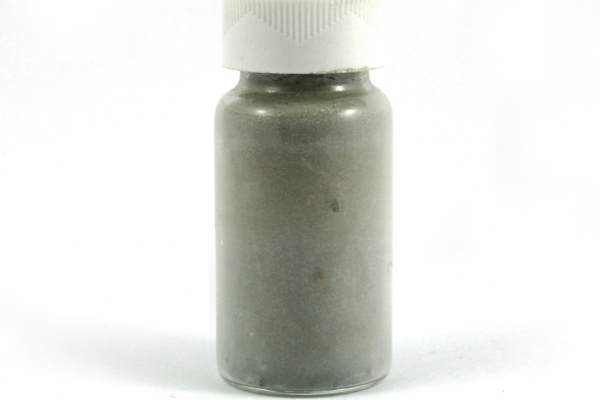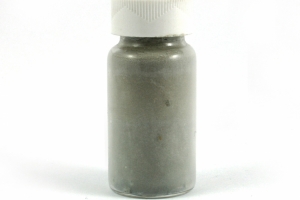
Cement is used in construction to bind other materials together, and is a key component of concrete. The use of cement has been documented since Roman times; some authors describe a type of concrete (opus caementicium) made out of aggregate and volcanic ash (pozzolana) with burnt lime to serve as a binder. Modern cements are generally of two types: hydraulic cements that harden by hydration (a chemical reaction between the cement powder and water) that once set retain their strength and stability even underwater; and non-hydraulic cements, such as non-hydraulic limes and gypsum plasters, which must be kept dry in order to harden.
The industry standard cement is Portland cement, a hydraulic cement that is the main culprit with regards to CO2 production. There are many different varieties of Portland cement but the basic process involves heating limestone (calcium carbonate) with small quantities of other materials (such as clay) to 1450 °C. This thermal decomposition process naturally produces lime (CaO) and carbon dioxide, and further CO2 is produced from the burning of fossil fuels to generate the heat needed to kickstart the reaction. As a result, every tonne of cement made releases one tonne of CO2.
Sample ID: 231
Particularities
- Selections
- Categories
- Mineral
- Curiosities
- Transformative
- Relationships
- Building | Carbon Dioxide | Concrete | Limestone
Add materials you find interesting to your own selections.
Use the  button to select a material and get started.
button to select a material and get started.

